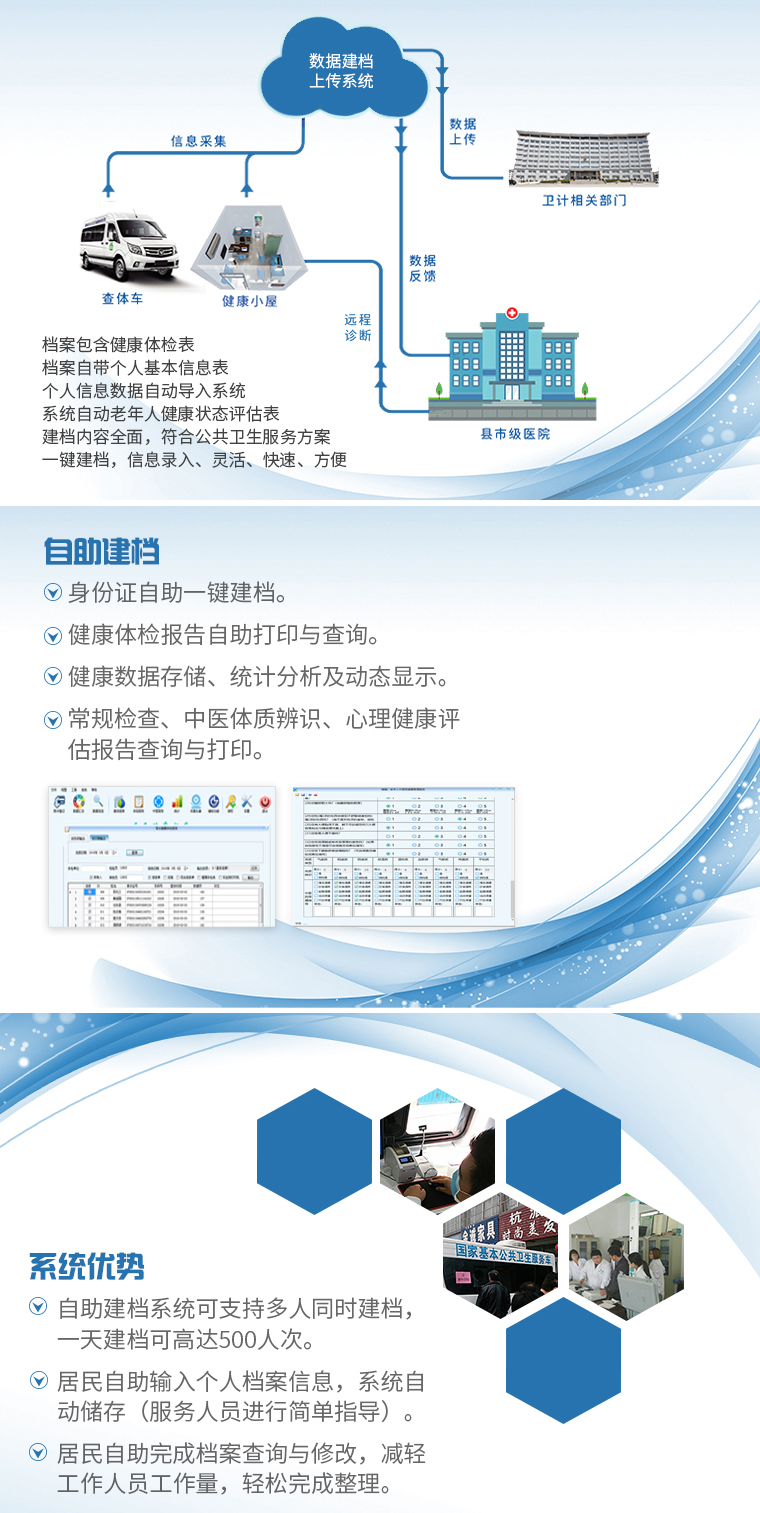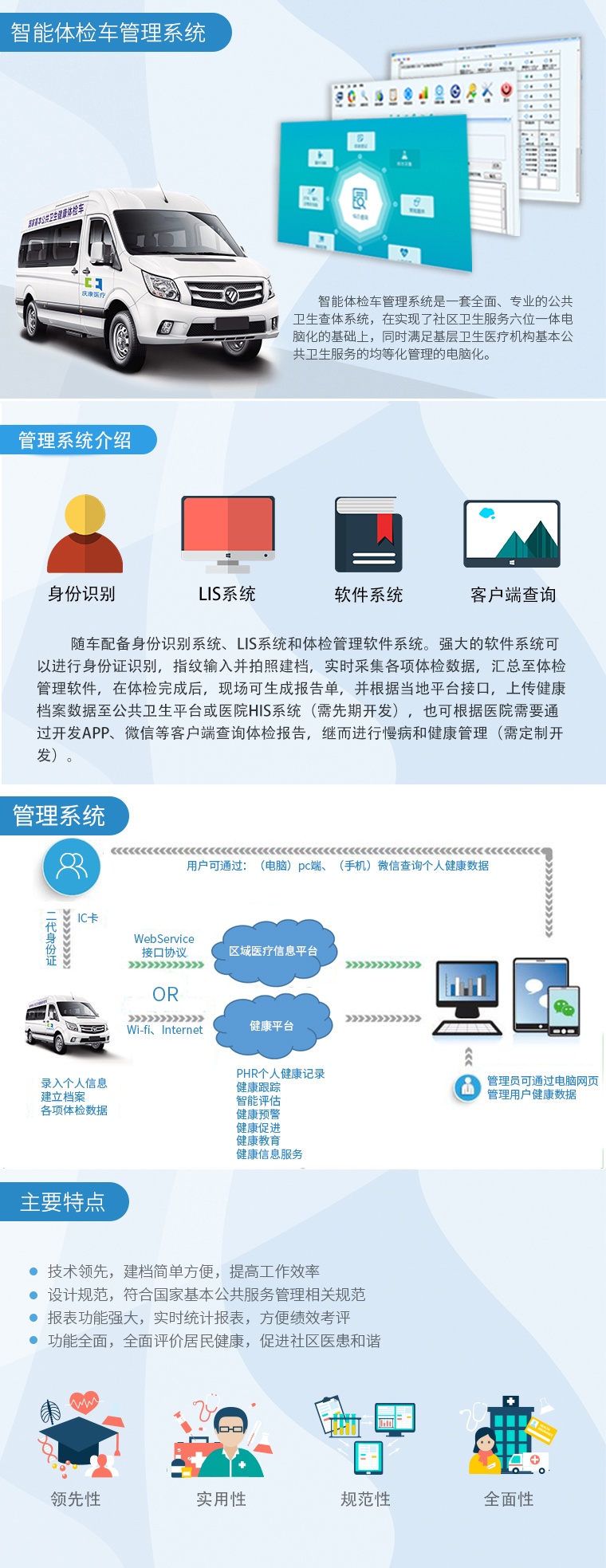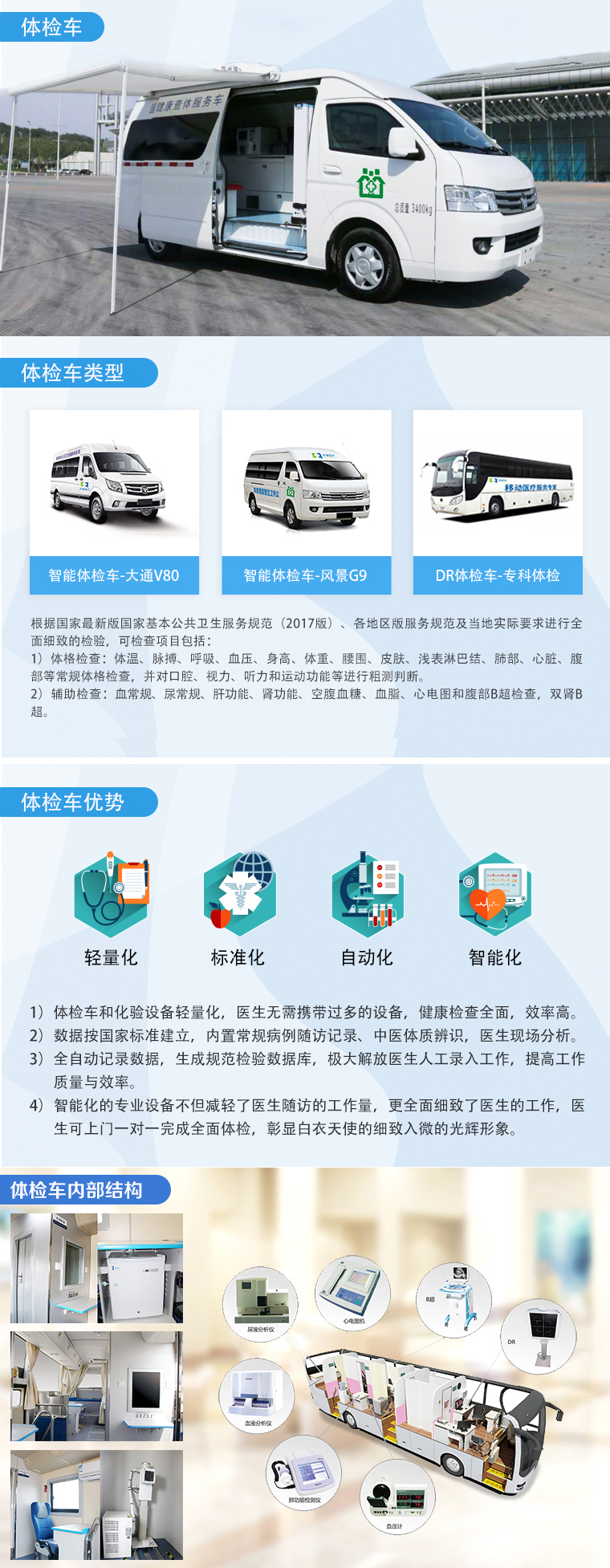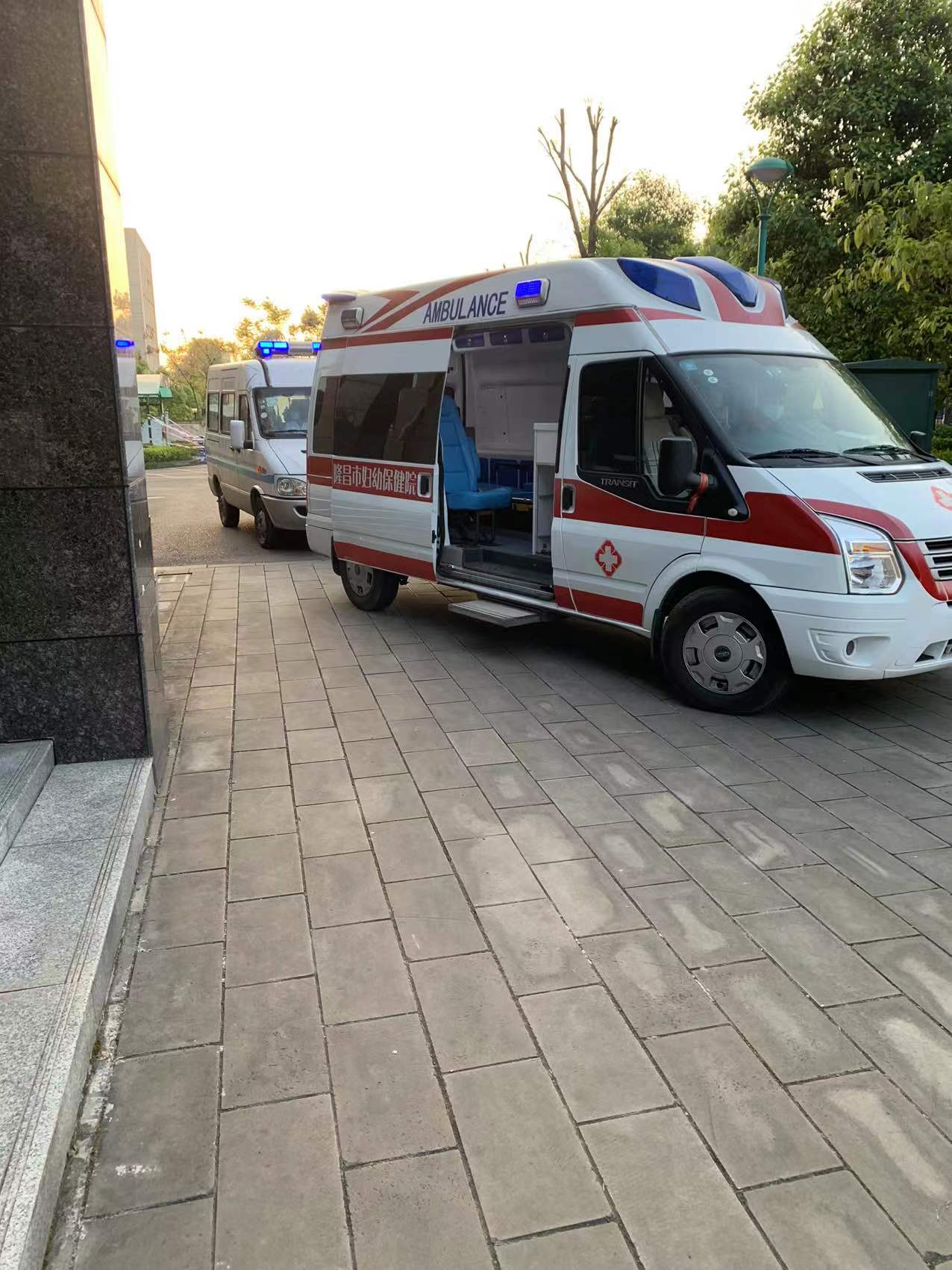實(shí)施案例
產(chǎn)品推薦
新聞推薦
健康管理隨訪系統(tǒng)應(yīng)用有哪些?
- 2024-01-08
- http://www.cnjinxinmweb.cn/ 原創(chuàng)
- 130
隨訪是醫(yī)院治療的一個(gè)重要組成環(huán)節(jié)。隨訪是指醫(yī)院對(duì)曾在醫(yī)院就診的患者以通訊或其他方式,定期了解患者病情變化和指導(dǎo)患者康復(fù)的一種觀察方法,與診治后的患者保持聯(lián)系或要求患者定期來(lái)醫(yī)院復(fù)查,對(duì)患者的疾病療效和發(fā)展?fàn)顩r繼續(xù)進(jìn)行追蹤觀察所做的工作。傳統(tǒng)的隨訪方式主要有術(shù)后病房隨訪、電話隨訪、門診面訪和家庭隨訪等。隨著病患數(shù)量的增多和醫(yī)院精細(xì)化管理水平的提升,需要采集的信息也隨之增加,但由于醫(yī)護(hù)人員精力有限,這些內(nèi)容的梳理工作難以落實(shí)。傳統(tǒng)的隨訪模式已經(jīng)無(wú)法滿足當(dāng)前醫(yī)院運(yùn)營(yíng)管理的需求。
Follow up is an important component of hospital treatment. Follow up refers to a method of observation in which hospitals regularly understand changes in the patient's condition and guide their recovery through communication or other means for patients who have previously visited the hospital. It involves maintaining contact with patients after diagnosis and treatment or requesting patients to come to the hospital for regular follow-up, and continuing to track and observe the patient's disease efficacy and development status. The traditional follow-up methods mainly include postoperative ward follow-up, telephone follow-up, outpatient face-to-face visits, and home follow-up. With the increase in the number of patients and the improvement of hospital refined management level, the amount of information that needs to be collected also increases. However, due to the limited energy of medical staff, it is difficult to implement the sorting work of these contents. The traditional follow-up model can no longer meet the current needs of hospital operation and management.
平臺(tái)利用云隨訪系統(tǒng)推行院前、院中、院后的一體化醫(yī)療服務(wù)模式,可以將醫(yī)療服務(wù)延伸至院后和家庭,使住院患者的院外康復(fù)和繼續(xù)治療能得到科學(xué)、專業(yè)、便捷的技術(shù)服務(wù)和指導(dǎo)是必然趨勢(shì)。
The platform utilizes a cloud follow-up system to promote an integrated medical service model for pre hospital, in hospital, and post hospital care. This can extend medical services to both post hospital and home settings, enabling inpatients to receive scientific, professional, and convenient technical services and guidance for their external rehabilitation and continued treatment. This is an inevitable trend.
一、云隨訪系統(tǒng)的設(shè)計(jì)應(yīng)以醫(yī)生為主體,以服務(wù)患者為中心,堅(jiān)持系統(tǒng)性、實(shí)用性和安全性原則。具體來(lái)說(shuō),功能模塊的具體設(shè)計(jì)包括管理服務(wù)器、醫(yī)生客戶端和患者客戶端。通過(guò)功能嵌入、用戶體系對(duì)接等方式。
1、 The design of the cloud follow-up system should focus on doctors as the main body, serve patients as the center, and adhere to the principles of systematicity, practicality, and safety. Specifically, the specific design of functional modules includes management servers, doctor clients, and patient clients. Through functional embedding, user system integration, and other methods.
1.管理服務(wù)器
1. Manage servers
操作系統(tǒng)啟動(dòng)后管理服務(wù)器便可啟動(dòng)運(yùn)行。云隨訪系統(tǒng)的建設(shè)和應(yīng)用與醫(yī)院信息系統(tǒng)(HIS)、電子病歷(EMR)、實(shí)驗(yàn)室信息管理系統(tǒng)(LIS)等密不可分,因此必須通過(guò)接口將相關(guān)數(shù)據(jù)從以上系統(tǒng)提取到云隨訪系統(tǒng)中,才能方便隨訪人員查看和利用相關(guān)信息。
After the operating system starts, the management server can start running. The construction and application of cloud follow-up systems are closely related to hospital information systems (HIS), electronic medical records (EMR), laboratory information management systems (LIS), etc. Therefore, relevant data must be extracted from the above systems through interfaces into the cloud follow-up system in order to facilitate follow-up personnel to view and utilize relevant information.

不論采取何種系統(tǒng)技術(shù)架構(gòu),都應(yīng)當(dāng)格外注意數(shù)據(jù)安全。可以采取獨(dú)立第三方安全應(yīng)用超文本傳輸安全協(xié)議,對(duì)數(shù)據(jù)開放過(guò)程中全程加密,以在一個(gè)安全的網(wǎng)絡(luò)環(huán)境中建立云服務(wù)器的訪問(wèn),保證數(shù)據(jù)的安全性。
Regardless of the system technology architecture adopted, special attention should be paid to data security. An independent third-party secure application hypertext transmission security protocol can be adopted to encrypt the entire process of data opening, in order to establish access to cloud servers in a secure network environment and ensure data security.
2.醫(yī)生客戶端
2. Doctor client
醫(yī)生客戶端主要包括用戶登錄、患者管理、隨訪管理、健康宣教、隨訪庫(kù)管理、知識(shí)庫(kù)管理、信息發(fā)布、系統(tǒng)管理等功能模塊。
The doctor client mainly includes functional modules such as user login, patient management, follow-up management, health education, follow-up database management, knowledge base management, information publishing, and system management.
3.患者客戶端
3. Patient client
患者客戶端主要包括用戶登錄、我的病歷、我的隨訪、線上咨詢、用藥指導(dǎo)、醫(yī)院活動(dòng)、醫(yī)學(xué)知識(shí)等功能模塊。
The patient client mainly includes functional modules such as user login, my medical record, my follow-up, online consultation, medication guidance, hospital activities, medical knowledge, etc.
二、平臺(tái)云隨訪系統(tǒng)應(yīng)用都有哪些?
2、 What are the applications of the platform cloud follow-up system?
1.隨訪服務(wù)
1. Follow up services
在對(duì)患者進(jìn)行隨訪時(shí),通過(guò)記錄患者反饋建立隨訪大數(shù)據(jù),以幫助后續(xù)完善診療方案和開展臨床科研分析,可極大降低醫(yī)護(hù)人員的工作量。通過(guò)語(yǔ)音直接撥打患者電話,詢問(wèn)并記錄患者隨訪數(shù)據(jù)。對(duì)于未完成隨訪的患者直接推送隨訪問(wèn)卷到患者微信、短信等移動(dòng)端,剩余仍未完成的患者,則采用人工電話隨訪的方式進(jìn)行,以此實(shí)現(xiàn)多層次、多模式的隨訪。
When following up patients, establishing follow-up big data by recording patient feedback can help improve diagnosis and treatment plans and conduct clinical research analysis, which can greatly reduce the workload of medical staff. Directly dial the patient's phone number through voice, inquire and record patient follow-up data. For patients who have not completed follow-up, follow-up questionnaires are directly pushed to their mobile devices such as WeChat and SMS. For the remaining patients who have not completed follow-up, manual telephone follow-up is used to achieve multi-level and multi-mode follow-up.
2.健康宣教
2. Health education
云隨訪系統(tǒng)以專業(yè)的健康宣教知識(shí)庫(kù)為基礎(chǔ),實(shí)現(xiàn)多種場(chǎng)景下的健康宣教工作。當(dāng)患者在門診就診時(shí),醫(yī)生根據(jù)患者情況,可通過(guò)醫(yī)生客戶端的健康宣教模塊,實(shí)現(xiàn)個(gè)性化健康宣教。當(dāng)患者門診就診完畢或出院時(shí),通過(guò)預(yù)先設(shè)置好的程序,根據(jù)患者的疾病等基礎(chǔ)條件,實(shí)現(xiàn)批量自動(dòng)化宣教推送。同時(shí)根據(jù)患者醫(yī)囑及處方信息,自動(dòng)推送用藥宣教,保證患者用藥安全性。
The cloud follow-up system is based on a professional health education knowledge base and realizes health education work in various scenarios. When patients visit the outpatient department, doctors can achieve personalized health education through the health education module of the doctor client based on the patient's condition. When the patient's outpatient visit is completed or discharged, a pre-set program is used to achieve batch automated education push based on the patient's basic conditions such as illness. At the same time, according to the patient's medical advice and prescription information, medication education is automatically pushed to ensure the safety of patient medication.
3.健康監(jiān)測(cè)
3. Health monitoring
對(duì)于特殊或慢病人群來(lái)說(shuō),可穿戴式設(shè)備和物聯(lián)網(wǎng)與隨訪系統(tǒng)的結(jié)合為其提供了一個(gè)智能自我管理工具。患者可通過(guò)患者移動(dòng)端,直接采集血壓計(jì)、血糖儀及心電等設(shè)備的健康監(jiān)測(cè)數(shù)據(jù),數(shù)據(jù)直接上傳到醫(yī)生端,醫(yī)生可隨時(shí)查看,實(shí)現(xiàn)院外健康數(shù)據(jù)和院內(nèi)醫(yī)療數(shù)據(jù)的連貫性。當(dāng)異常情況發(fā)生時(shí),系統(tǒng)即可根據(jù)預(yù)先設(shè)置的提醒規(guī)則,既提示患者,又可以推送給相應(yīng)的醫(yī)生,及時(shí)進(jìn)行遠(yuǎn)程診療。
For special or chronic patient groups, the combination of wearable devices and the Internet of Things with follow-up systems provides an intelligent self-management tool. Patients can directly collect health monitoring data from devices such as blood pressure monitors, blood glucose meters, and electrocardiograms through the patient's mobile device. The data is uploaded directly to the doctor's end, and the doctor can view it at any time, achieving consistency between external health data and internal medical data. When abnormal situations occur, the system can remind patients according to pre-set reminder rules and push them to the corresponding doctors for timely remote diagnosis and treatment.
4.醫(yī)患溝通
4. doctor-patient communication
云隨訪系統(tǒng)還為醫(yī)患提供了突破時(shí)空限制的溝通通道。通過(guò)系統(tǒng)上設(shè)置的溝通途徑,患者可以在患者端發(fā)起咨詢,醫(yī)護(hù)人員可通過(guò)網(wǎng)頁(yè)端和醫(yī)護(hù)端移動(dòng)端與患者進(jìn)行一對(duì)一指導(dǎo)咨詢,具體可采用文字、圖片、語(yǔ)音、小視頻、視頻等形式進(jìn)行溝通,拉近醫(yī)患距離,更好地服務(wù)患者。
The cloud follow-up system also provides a communication channel for doctors and patients to break through time and space limitations. Through the communication channels set up on the system, patients can initiate consultations on the patient end. Medical staff can provide one-on-one guidance and consultation with patients through web pages and mobile medical devices. Specific forms of communication can be used, such as text, images, voice, short videos, and videos, to shorten the distance between doctors and patients and better serve patients.
平臺(tái)云隨訪系統(tǒng)是結(jié)合大數(shù)據(jù)、物聯(lián)網(wǎng)以及人工智能等先進(jìn)技術(shù),以專業(yè)的隨訪知識(shí)庫(kù)為基礎(chǔ),提供以院后隨訪、健康宣教、健康監(jiān)測(cè)和醫(yī)患溝通為核心服務(wù)的平臺(tái)。平臺(tái)云隨訪系統(tǒng)希望真正成為每個(gè)醫(yī)院的醫(yī)生健康助手,降低醫(yī)院隨訪成本,成倍提高醫(yī)務(wù)人員工作效率,實(shí)現(xiàn)AI在醫(yī)療領(lǐng)域的深度融合和創(chuàng)新應(yīng)用,實(shí)現(xiàn)醫(yī)療機(jī)構(gòu)技術(shù)信息化能力與服務(wù)效率的雙提升。
The platform cloud follow-up system is a platform that combines advanced technologies such as big data, the Internet of Things, and artificial intelligence. Based on a professional follow-up knowledge base, it provides core services such as post hospital follow-up, health education, health monitoring, and doctor-patient communication. The platform's cloud follow-up system aims to truly become a doctor's health assistant for every hospital, reduce hospital follow-up costs, exponentially improve the work efficiency of medical personnel, achieve deep integration and innovative application of AI in the medical field, and achieve dual improvement of medical institution's technological informatization ability and service efficiency.




